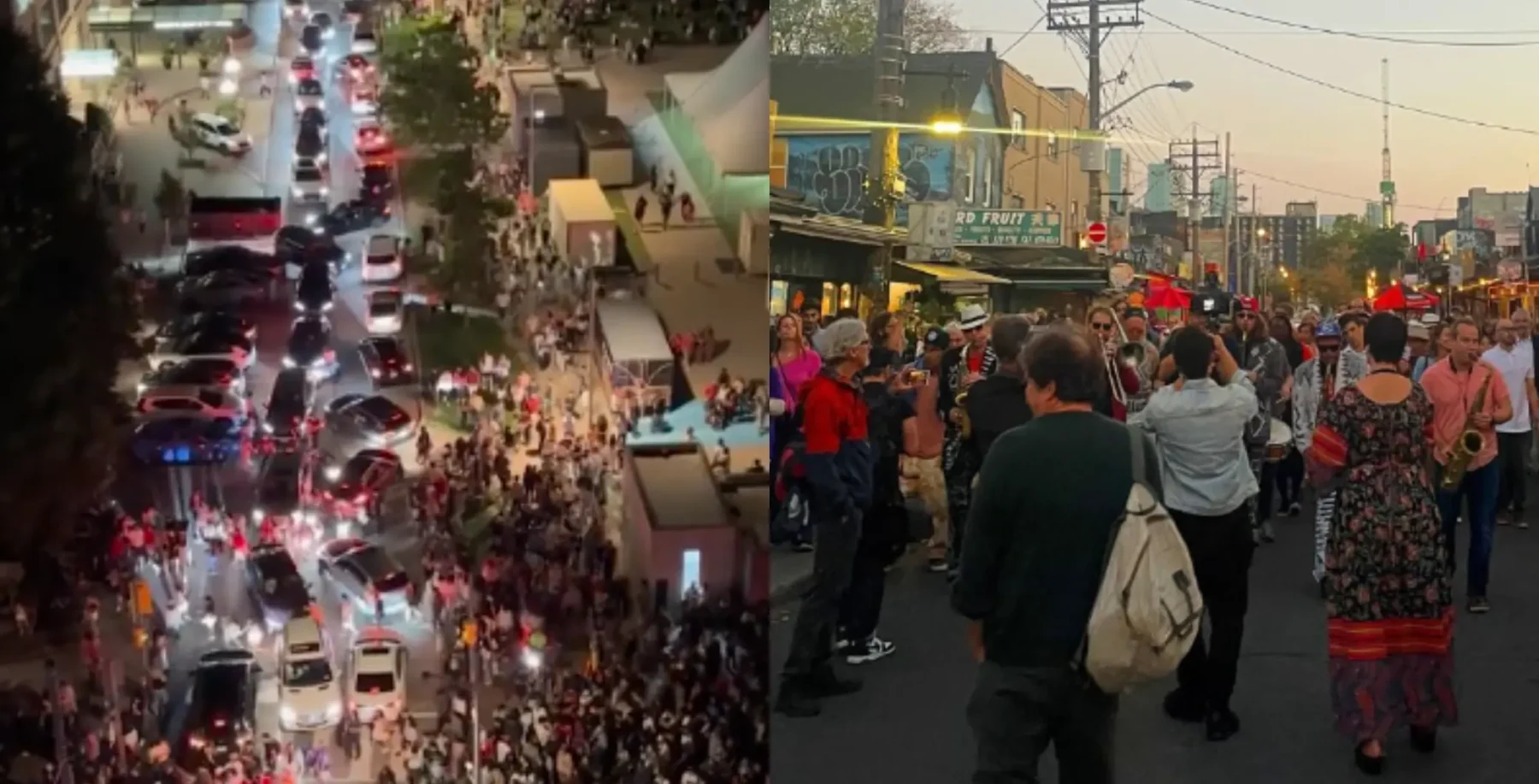
Rating: NNNNN
When Earth Day meets smog, does anybody hear? Apparently not.
Even as I order my first pint of the patio season and celebrate a glorious day, I try to ignore the evidence: itchy eyes, sore throat.
Winter is finally over, and I’ll be damned if I’m going to let minor health concerns ruin the party. But the Danforth’s perpetual weekend bumper-to-bumper car rally is giving me and my two-year-old the season’s first dose of sun-baked exhaust.
So when a friend e-mails me later to let me know that at the exact hour I was one with my urban environment, smog readings in T.O. were bad enough to issue an air advisory, it makes sense. What doesn’t is that the province’s air quality watchdog took a pass on letting citizens know.
Indeed, between 5 and 7 pm on Sunday evening across southern Ontario, the Ministry of the Environment’s poor air quality threshold was surpassed in over 10 locations, including Toronto. At such levels of smog, warns the MOE’s website, “sensitive people may experience irritation when breathing and possible lung damage when physically active people with heart/lung disorders are at greater risk.” Yet the MOE did not issue a media advisory or post a smog warning on its website.
“This is not good enough,” says Jack Gibbons, chair of the Ontario Clean Air Alliance. He says air quality often hits the threshold without the province issuing a warning. (An AQI reading of 50 to 99 is considered poor.) “People need to be notified, especially those with respiratory problems,” he says.
MOE officials say an advisory is only issued if smog is widespread and persistent over a few hours. While agreeing that Sunday’s reading was widespread, they say it wasn’t persistent. Dave Yap, senior science adviser for the MOE, says, “By the time we would have issued the warning, the hour would have been over.” The MOE, he says, doesn’t want to panic people.
But new research shows that even short exposure to smog can have serious effects. “A two-hour exposure to exhaust can cause a 6 per cent loss of lung function in an asthmatic,” says Dr. Ted Boadway, former exec director of health policy at the Ontario Medical Association, quoting a new study commissioned by the Boston-based Health Effects Institute.
“Short exposure is a significant issue. Smog builds up over many hours and then disperses gradually. All those hours count.”
Indeed, the count for Sunday gradually hit the poor air threshold over the four hours leading up to 6 pm and gradually fell back down. As for me, before participating in the gentle exercise of hoisting beer glass to mouth on a solar-baked exhaust-filled patio, I’d ridden my bike from Bloor to St. Clair up the Yonge Street hill. Good thing my lungs handled the ride – or did they?
The problem, according to the HEI report, is that while short exposure to smog affects lung function, asthmatic symptoms don’t necessarily occur. “By the time you show symptoms, you are in for serious problems,” says Boadway, who now consults on the health effects of air pollution.
“When to pull the trigger on a health warning is a difficult question for all policy-makers,” he says. “But as a physician, I know what happens to patients.”
news@nowtoronto.com












